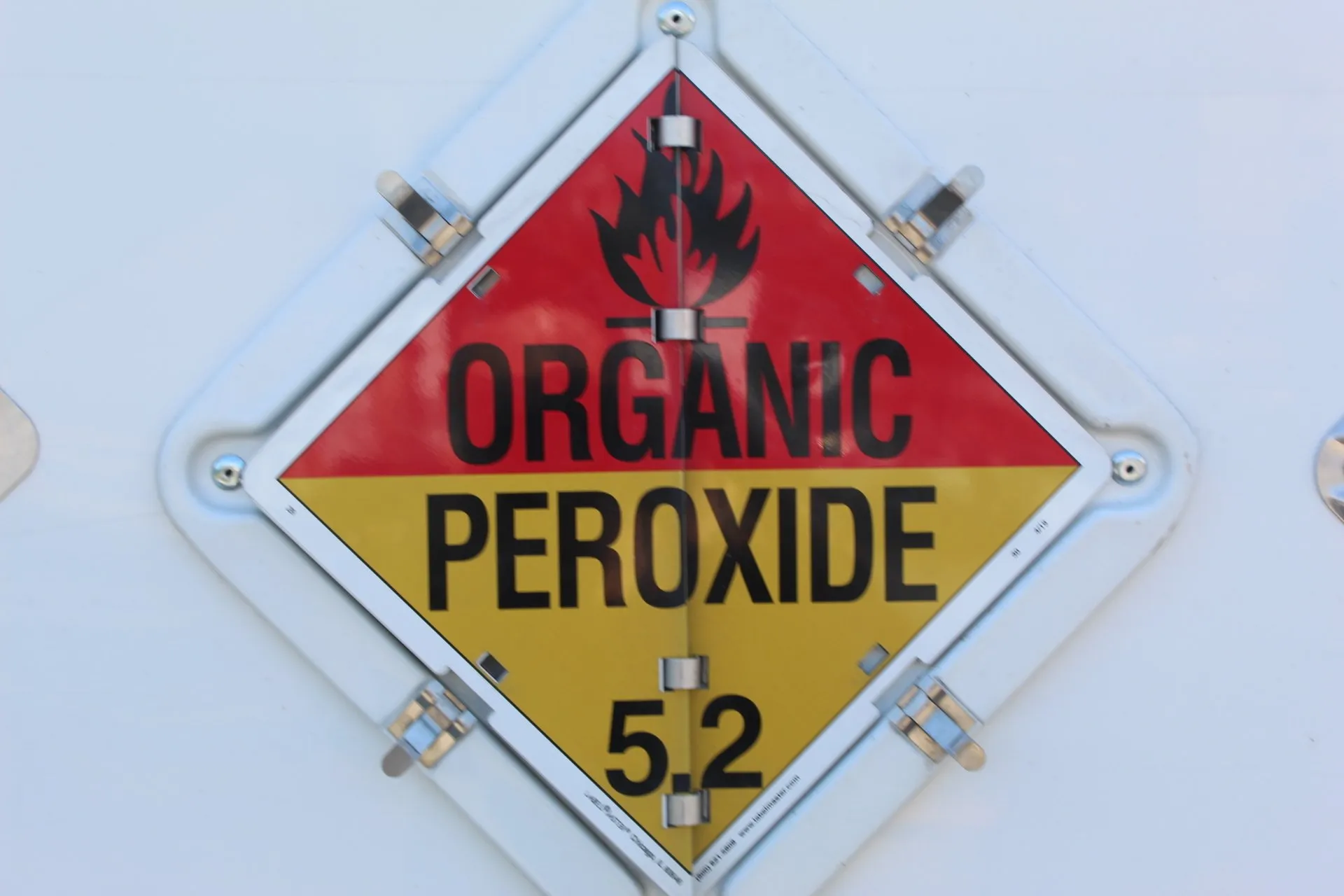Defining Ignitability (D001) Waste
- Elk Environmental Services

As a waste generator, knowing the type of waste your facility generates is key to implementing the best waste management solution as well as being in full compliance. Identifying the waste as hazardous or non-hazardous determines the regulations that must be followed for proper disposal. The first step in the waste determination process is to identify the waste as a solid containerized waste. A solid waste is not limited to a physical form since it can be a liquid, semi-liquid or gas. Once established as a solid waste, determining if it is hazardous will be the next step. To be categorized as a hazardous waste, the waste may be a listed waste or exhibit a hazardous characteristic per the Resource Conservation and Recovery Act. In this blog series, we will focus on the four hazardous waste characteristics, starting with the ignitability characteristic.
The ignitability characteristic is one of the four hazardous waste characteristics as defined in 40 CFR Part 261 subpart C. The name is straightforward in that the waste is ignitable. It’s important to note that ignitable and flammable have different definitions per the EPA and The Department of Transportation (DOT). Flammable materials are identified by the DOT and meet the definition(s) of a DOT hazard class. However, some ignitable wastes are flammable (e.g., kerosene). If a waste is ignitable, it will exhibit one of the four properties below:
A solid waste exhibits the characteristic of ignitability if a representative sample of the waste has any of the following properties:
(1) It is a liquid, other than a solution containing less than 24 percent alcohol by volume and at least 50 percent water by weight, that has a flash point less than 60 °C (140 °F), as determined by using one of the following ASTM standards: ASTM D93-79, D93-80, D3278-78, D8174-18, or D8175-18 as specified in SW-846 Test Methods 1010B or 1020C (all incorporated by reference, see § 260.11 of this subchapter).
(2) It is not a liquid and is capable, under standard temperature and pressure, of causing fire through friction, absorption of moisture or spontaneous chemical changes and, when ignited, burns so vigorously and persistently that it creates a hazard.
(3) It is an ignitable compressed gas.
(i) The term “compressed gas” shall designate any material or mixture having in the container an absolute pressure exceeding 40 p.s.i. at 70 °F or, regardless of the pressure at 70 °F, having an absolute pressure exceeding 104 p.s.i. at 130 °F; or any liquid flammable material having a vapor pressure exceeding 40 p.s.i. absolute at 100 °F as determined by ASTM Test D-323.
(ii) A compressed gas shall be characterized as ignitable if any one of the following occurs:
(A) Either a mixture of 13 percent or less (by volume) with air forms a flammable mixture or the flammable range with air is wider than 12 percent regardless of the lower limit. These limits shall be determined at atmospheric temperature and pressure. The method of sampling and test procedure shall be the ASTM E 681-85 (incorporated by reference, see § 260.11 of this subchapter), or other equivalent methods approved by the Associate Administrator, Pipeline and Hazardous Materials Safety Administration, U.S. Department of Transportation.
(B) It is determined to be flammable or extremely flammable using 49 CFR 173.115(l).
(4) It is an oxidizer. An oxidizer for the purpose of this subchapter is a substance such as a chlorate, permanganate, inorganic peroxide, or a nitrate, that yields oxygen readily to stimulate the combustion of organic matter.
(i) An organic compound containing the bivalent -O-O- structure and which may be considered a derivative of hydrogen peroxide where one or more of the hydrogen atoms have been replaced by organic radicals must be classed as an organic peroxide unless:
(A) The material meets the definition of a Division 1.1, 1.2, or 1.3 explosive, as defined in § 261.23(a)(8), in which case it must be classed as an explosive,
(B) The material is forbidden to be offered for transportation according to 49 CFR 172.101 and 49 CFR 173.21,
(C) It is determined that the predominant hazard of the material containing an organic peroxide is other than that of an organic peroxide, or
(D) According to data on file with the Pipeline and Hazardous Materials Safety Administration in the U.S. Department of Transportation, it has been determined that the material does not present a hazard in transportation.
(b) A solid waste that exhibits the characteristic of ignitability has the EPA Hazardous Waste Number of D001.
[45 FR 33119, May 19, 1980, as amended at 46 FR 35247, July 7, 1981; 55 FR 22684, June 1, 1990; 70 FR 34561, June 14, 2005; 71 FR 40259, July 14, 2006; 85 FR 40608, July 7, 2020]
Does the Aqueous Alcohol Exclusion Apply to Your Waste?
Even though a solid waste may contain alcohol(s), it doesn’t necessarily mean that it is a hazardous waste. This is why the EPA created the aqueous alcohol exclusion. It states that if a solid waste contains less than 24 percent alcohol by volume and at least 50 percent water by weight, then it does not exhibit the characteristic of ignitability, regardless of its flash point. Thus, some alcoholic beverages (e.g., wine) and latex paints are exempt from the exclusion since they have low flashpoints and do not sustain combustion.
If your facility generates hazardous waste, reliable and efficient transportation and disposal are key to maintaining high operation levels. At Elk, we have over 30 years of leading-industry experience in the handling of hazardous waste with our fleet of trucks and trained field services crew. Contact us today to learn how our waste management services can benefit your facility!
